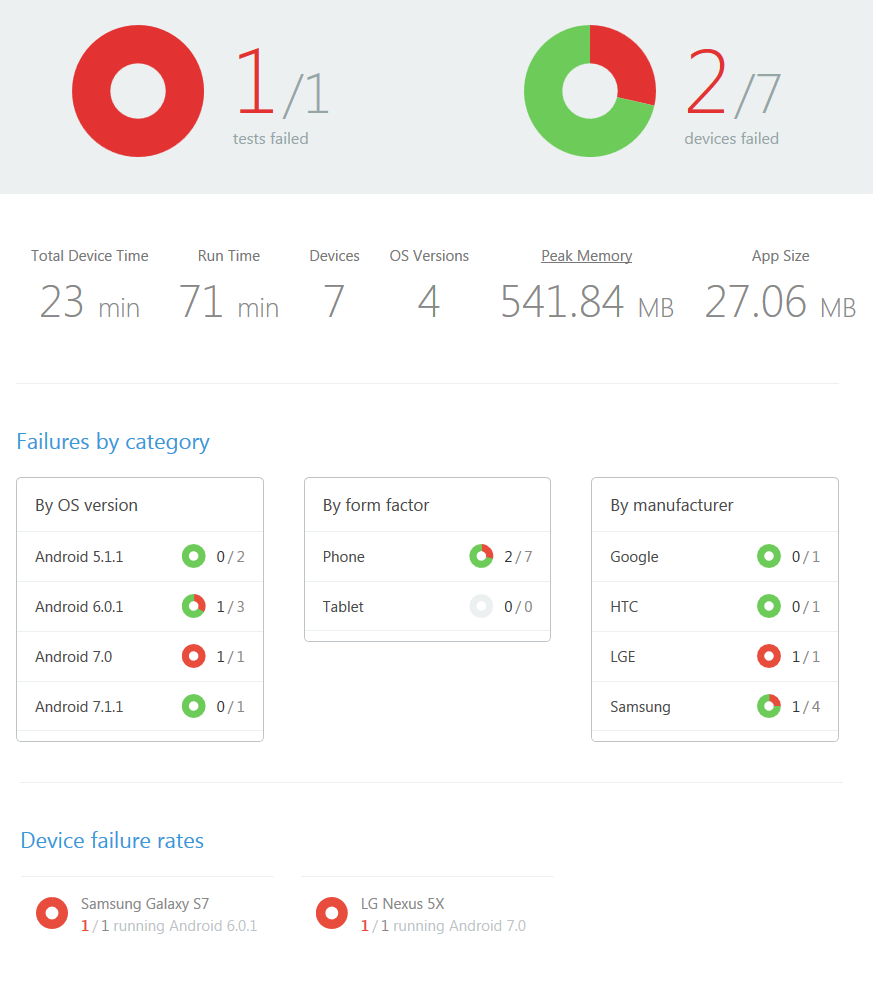Lately, we have heard a good deal about Artificial Intelligence. The real ROI, however, can be a bit nebulous. WHERE can I see ROI with AI? Where can I actually realize this potential?
Let’s start at the most impactful to your productivity, but the toughest to actually SEE ROI. What advanced AI and Natural Language Query do is take everyday language, and convert it into something that can be used by computers to do work. What does that all mean… Well, when I ask my wife to get me the good spaghetti that we bought last week, she throws a spoon at me. HA! Seriously, she throws a spoon at me. Don’t send help, I like it… BUT I digress…
When I ask my wife to get me the good spaghetti that we bought last week, she knows what I’m talking about because we have discussed what spaghetti we like, and ones that are ok, but.png?width=251&height=251&name=Untitled%20design%20(32).png) we don’t like as much, and she was with me when we bought it last week. What’s more, she knows the thickness of the noodle I like how long we like to cook them. She knows this from the context of previous conversations and the properties of the spaghetti itself.
we don’t like as much, and she was with me when we bought it last week. What’s more, she knows the thickness of the noodle I like how long we like to cook them. She knows this from the context of previous conversations and the properties of the spaghetti itself.
If I were to enter all those properties of spaghetti into a database, I would still need to use a system to find the item by the properties that I have. What trained AI does is that it can take my speech: “Get me the good spaghetti that we bought last week” and translate that into a query in the database that is consistent with the parameters of the search. Because the AI is “trained” in other words, it has data on the previous uses of spaghetti that I have said were good, it is able to look up the properties that I find desirable and will also exclude boxes that I purchased earlier or later than “last week.”
I know what you are thinking… You realize that I like spaghetti and all, but what does that have to do with ROI??? I’m getting there!!!
Moving further… What if my wife forgot what spaghetti we bought last week? Or if she forgot what I thought was good? We would spend time with her bringing me multiple boxes of spaghetti and having me choose the one I wanted. Then she would spend time taking those other boxes back.
Let's think of AI. It never forgets what I bought last week, AND it never forgets what I think is good. Therefore, it has the ability to bring me exactly what I want exactly when I ask for it. This is where the ROI comes in. I don’t spend time selecting the spaghetti, and we don’t spend time taking unwanted boxes back to the pantry. This is production time saved.
Let’s expand this example to the real world. We are now the owners of the grocery store. When I need to do my weekly purchasing, I have to look at various reports of products, spaghetti and find out which ones are selling, and which ones are not, and then compare that to expiration dates of products on the shelves for product loss. I would spend a good deal of my time doing that. I have friends in the grocery business… They spend a TON of time doing that. Now, what if we could simply tell our AI, “Create a purchase list of spaghetti based on best sellers and expiration date.” The AI can take that natural language query and compile that report. It does the cross-referencing with sales data and current inventory and makes the report. ROI here is the time that is NOT spent doing this manually.
A step further would be to configure automation that would allow your AI to connect to your ERP and purchasing systems. Now, you could ask your AI, “On a weekly basis, make the appropriate purchases based on sales and inventory, and output a report to me.”
Our AI now makes the decision to purchase based on what is being sold and available inventory. ROI here is that all the time it takes to make these decisions, to look at your data, and to make the purchases is all done now by the AI. It is a personal robot.
Of course, it would take time and configuration to actually make all of this happen. There would be training, and development costs involved, but the ROI is very real. It is “soft” ROI, because, in our example, the grocery store manager would be freed up to do other things. Your overall costs for that manager wouldn’t go down, because that person would still work their normal shift and hours. However, that person’s individual productivity has increased because they don’t spend their time doing that purchasing work, they can interact with the customers, or work on other jobs.
That is where the juice is worth the squeeze. How much time are you spending on these things, and what would you do with that time if it were handled by someone else? Is the added productivity, without added headcount, worth the development cost of that automation?
The costs of this kind of AI are dropping dramatically. Just a few short years ago this kind of AI would only be available to the biggest and most well-funded of companies. Large tech companies, like Microsoft, have now democratized the AI part, and only need you to plug in the data and the business rules. With just a bit of work, any business can now take advantage of the technology.
Learn more about how Sparkhound can support your AI needs....or just schedule a 1x1 with Matt, our Head Technology Evangelist here: Schedule a Meeting
Share this
You May Also Like
These Related Stories

Unleashing the Syntex and SharePoint Magic: An AMA Adventure

Getting Started with Xamarin Test Cloud
